
Hubspot CRM is our favourite platform for any business looking to scale and grow a sales team. I have helped a bunch of companies setup their entire Hubspot stack and tailor it based on their sales process.
Over the years I came across a bunch of common issues that sales manager faces when implementing Hubspot CRM or switching over to Hubspot from another CRM.
I made a list of some of the things to keep in mind when setting up Hubspot that will help generate a more transparent sales process inside your company.
#1 Use Workflows To Make The Lives Of Sales People Easier
How many times have you seen a lead sitting in the wrong disposition?
Maybe, you just deployed a new process and your sales reps are simply not following.
The number one rule when it comes to setting up sales ops inside Hubspot CRM is to ensure that the reps have as few steps as possible so that it’s easy for them to follow along right after a call.
Remember, sales people are talking to multiple prospects, handling objections and managing their pipeline every single day. The easier you can make their entire process of dispositions, the less mistakes your sales managers will encounter from the team.
One of the best ways to ensure quality control of sales data is to build out a lot of worklfows that automate a bunch of redundant tasks inside Hubspot CRM for your sales team.
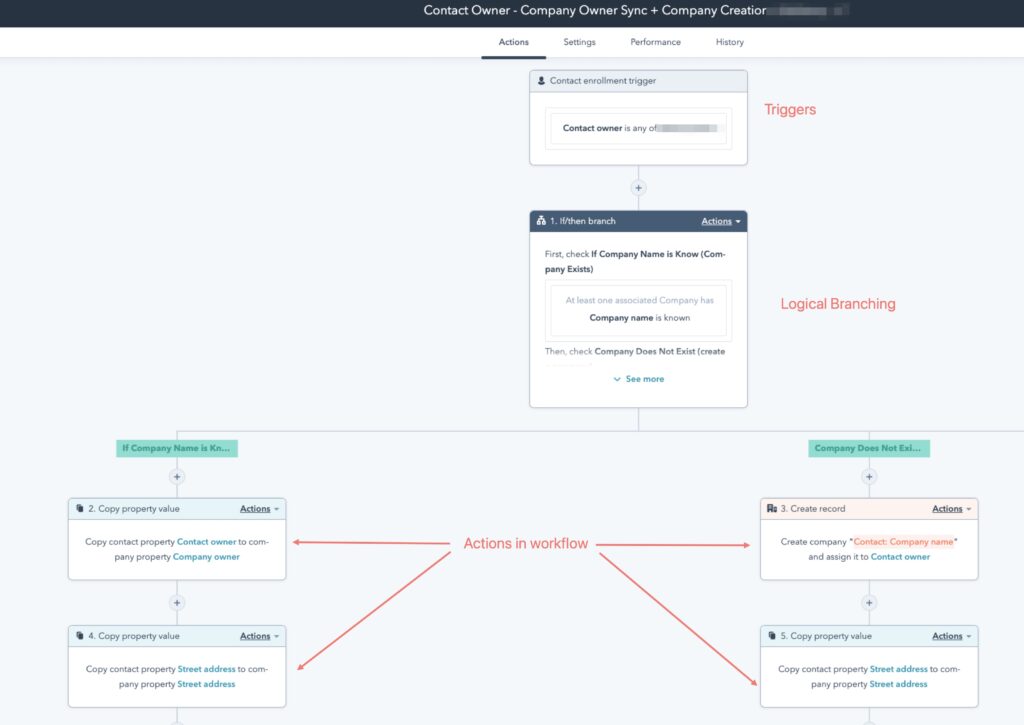
Here are our top 5 workflows that helps sales teams using Hubspot:
- Auto create deals when a demo is booked or a demo is marked complete –Based on your sales process a workflow that auto creates a deal with a standard contract value.
- Change company and lead status based on deal stages – Sometimes when your reps are working on the deals view it is redundant to update lead stages and company lead stages manually. The best way to automate that is to create a Hubspot workflow that uses a new deal stage change as a trigger.
- Auto assign leads to certain teams inside Hubspot – Based on various logics you can trigger workflows to auto-assign leads to certain teams inside Hubspot CRM whenever a new lead comes in.
- Move inactive leads outside a rep’s queue – Use the inactivity trigger to move a lead outside the queue of the sale rep.
- Webpage visit activity based notification to sales reps – Another important workflow that will ensure that your sales reps are working efficiently is to create alerts for them whenever a prospect visits a particular page. In this way your sales team have a better chance of connecting with the lead when they are researching about you. Depending on which page they visit, you can also have a script or additional workflows in Hubspot.
#2 Create SOP For Your Sales Team That They Can Refer To (And Train Them)
Getting a sales team use Hubspot CRM without a clearly defined SOP for the entire sales process is kind of like walking around in a convenient store with no clear goal.
Your sales team need to be trained on how to use Hubspot and the sales process you have built for them. The entire goal when implementing a new CRM is to reduce friction. Make it easy for sales reps to do things and when in confusion they should refer to this Hubspot Sales SOP for any question.
A best practice is to work directly with sales leaders and managers in your company during the early stages of your CRM implementation.
Here’s what a typical Hubspot implementation looks like for a sales team:
- Work with sales team to figure out the lead dispositions and deal stages.
- Build out the entire system on a flowchart software like Miro.
- Walk through the process before you start building the system inside Hubspot CRM
- Once the system is built make sure your team has tested it with dummy leads.
- Once everything looks good you can book a day where you go over the new system with your sales team.
- Before the demo day make sure that all lead dispositions, sequences, templates and deal stages have a clearly defined SOP. You can use a software like Slab or Pipefy to publish your SOP’s.
- Once the sales team is introduced with the new system, you need to make sure that they are following the process. Maybe do daily checks in the beginning and make sure they come to you or whoever implemented the system if they have any questions.
#3 Clean Up Lead View Permissions For Reps & Managers
Sales reps don’t need to see all the leads that are sitting inside Hubspot. Make sure that you use user level or team level permission in order to define which leads, sales reps can see.
Note: You or the person/agency implementing the system wide changes need to be a Hubspot super admin on your account.
Go to your main setting then select Users & Team
You can either select individual reps but our recommendation is using Hubspot Roles to basically define view permissions.
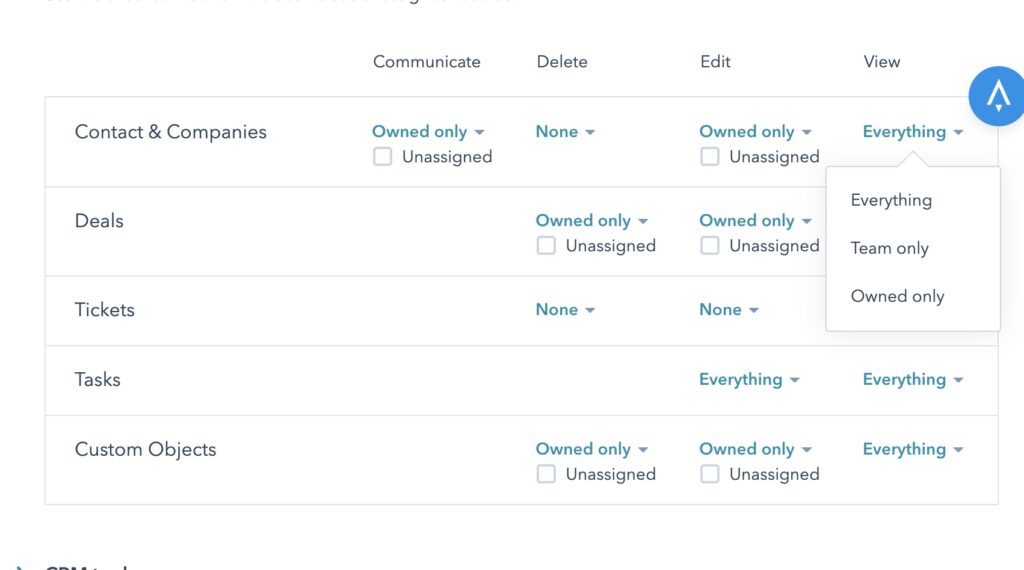
Once this is complete make sure you do a zoom meeting with your sales team to go over and lock in their Hubspot views that they will be using every single day.
#4 Setup Their Default Contact Views in Hubspot & Ask Everyone To Reset To Defaults
Once your new sales system is implemented another crucial step is to make sure that all sales reps are using a standard view.
This can be achieved by creating your default views for contacts, deals and companies. When the default views are implemented, ask everyone to login to Hubspot and hit reset to default view. This ensures that everyone using Hubspot is having the same property views.
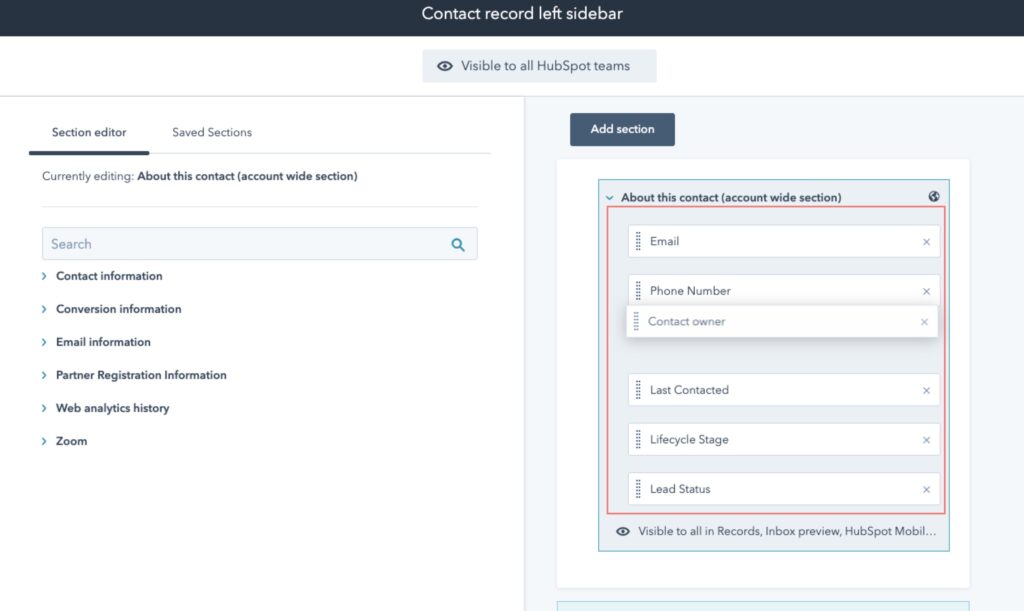
Sales reps can still add other properties if they want and customize their views. The default view is always a great fallback if anyone wants to clean up the properties they need to look at. It also ensures that when you add a new property that needs to implemented inside the system, you can ask your sales team to hit the default view again and implement it in their views.
Protip: If your sales team needs to see a lot of contact property/company property inside Hubspot CRM, make sure that you are using sections to clean up the views. Sections can also be minimized in Hubspot allowing them to choose when the want to take a look at these properties.
#5 Use 3rd party intentions that works well with Hubspot CRM
3rd-party integrations play a key role in ensuring that your sales team is using Hubspot properly. In fact, most sales team that use Hubspot use a dialer or a SMS system that is 3rd party.
Hubspot already has their 3rd party marketplace where you can find a variety of apps for your needs. One thing you should keep in mind is the type of integration any app offers as well as the Hubspot plan.
Some integrations work well with Professional Plan. For some 3rd party apps you need access to Hubspot workflows.
Whatever the requirements, read them first before deciding the go with an app. Our recommendation is to always use apps that have a deep connection with workflows so that we can automate a lot of things and make life easy for your sales team.



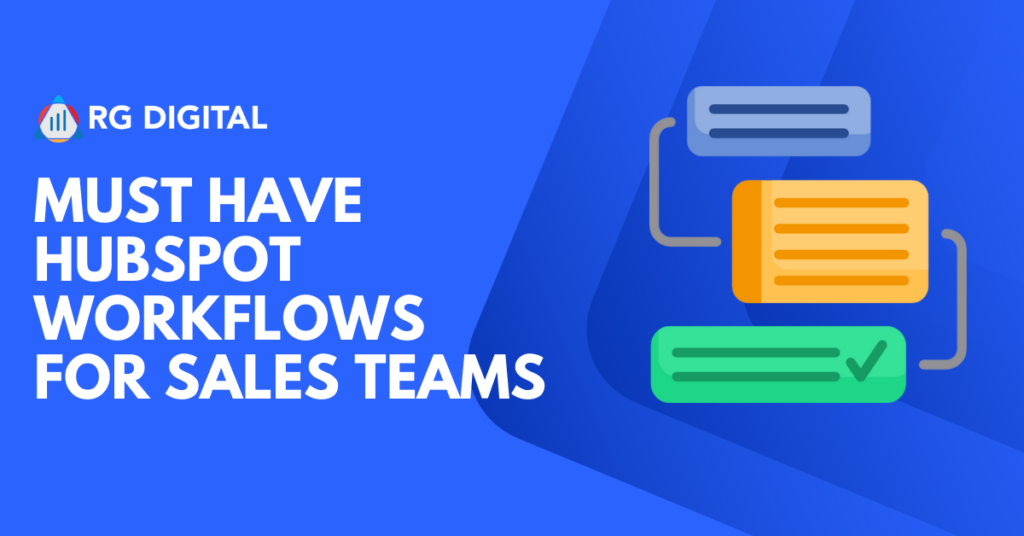
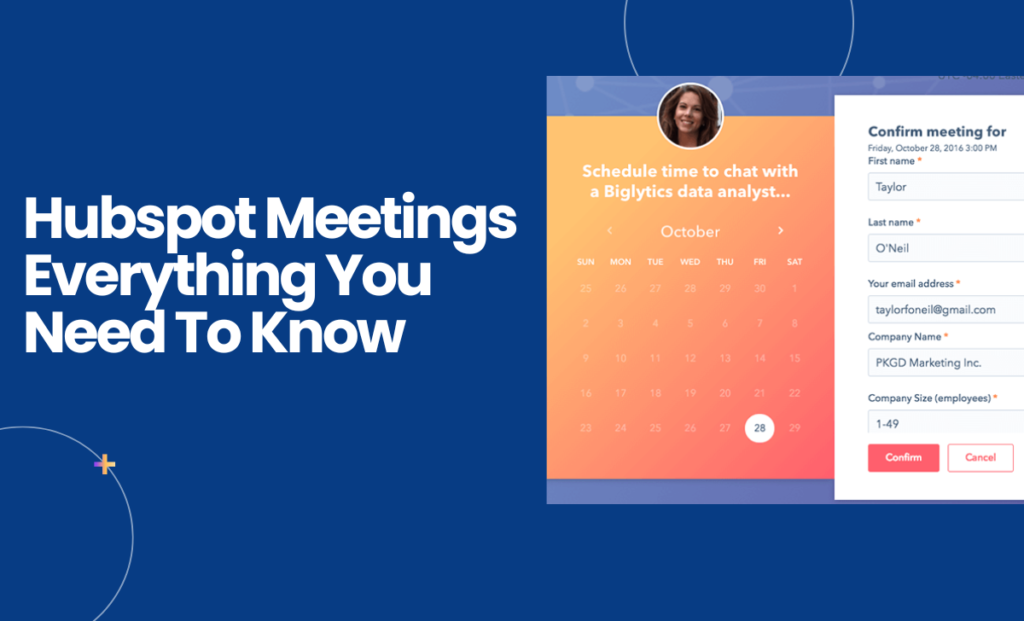
0 Comments